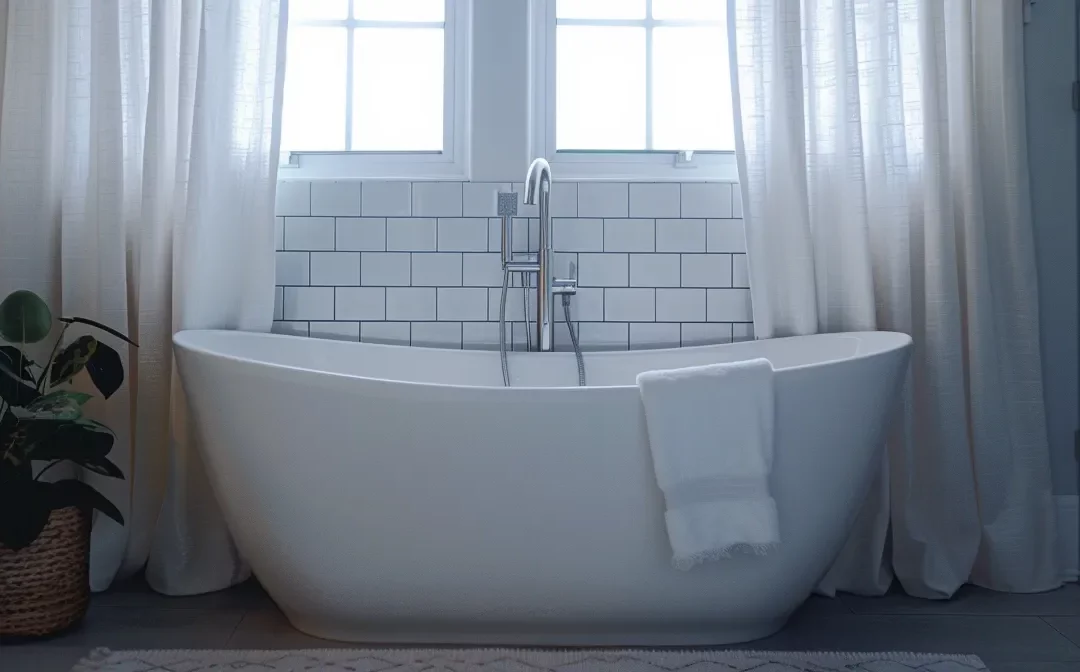Choosing Your Ideal Bathroom Resurfacing Materials
When considering bathroom and kitchen resurfacing, selecting the right materials is vital for achieving a stunning end result. Quality bathroom remodeling materials not only enhance the space but also ensure durability and a long-lasting finish. Backed by a warranty supported by the Master Builders Association of Victoria, you can enjoy peace of mind knowing your choice protects against potential hazards. Navigating through the myriad options available can be challenging, but understanding each material’s qualities will lead you to the best decision for your renovation. Keep reading to explore the essential factors that influence your choice, from durability to aesthetic appeal, and empower your journey toward the perfect bathroom transformation.
Key Takeaways
- select resurfacing materials based on durability, water resistance, and aesthetic appeal
- consider environmental impact when choosing resurfacing options for your bathroom renovation
- prioritize non-toxic materials to ensure a safe living environment for your family
- assess installation requirements and timeframes for each material before beginning your project
- budget for long-term maintenance costs to protect your renovation investment
Evaluating Durability and Longevity of Resurfacing Materials
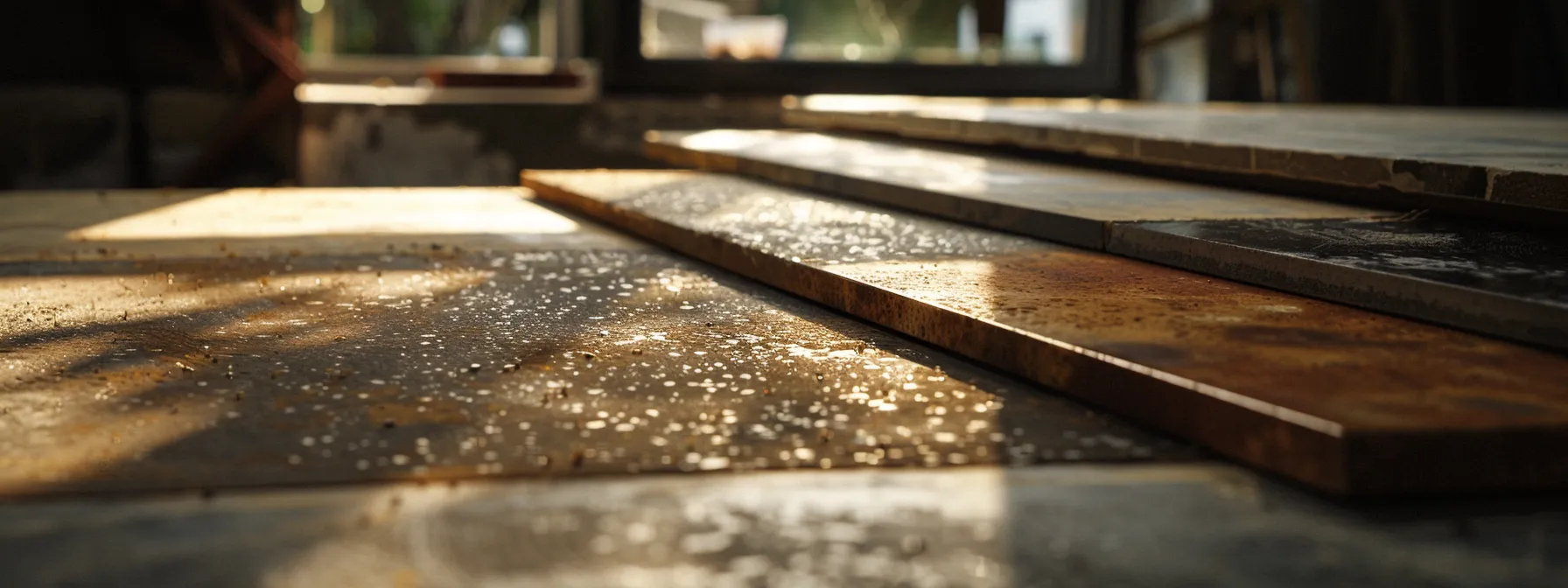
Understanding the durability and longevity of resurfacing materials is crucial when selecting the right options for your bathroom and kitchen resurfacing. You’ll analyze the lifespan of popular materials like cast iron, ensuring they can withstand years of use while maintaining their aesthetic appeal. Consider how factors such as water and humidity can impact these surfaces, especially for your walls and floors, which are often exposed to moisture. Additionally, you should evaluate each material’s resistance to scratches and stains, helping you choose options that can endure everyday wear and tear without succumbing to dust or damage. Making informed decisions in these areas will ensure your renovation stands the test of time.
Analyze the Lifespan of Popular Materials
When choosing bathroom and kitchen resurfacing materials, it’s vital to understand their lifespan and suitability for your property. For example, marble offers a luxurious appearance, yet its maintenance requirements can deter some customers. By evaluating its durability alongside materials that may require a stripper for upkeep, you’ll identify the best long-lasting options tailored to your needs, particularly if you plan to install features like grab bars in your renovated bathroom.
Consider the Impact of Water and Humidity
When remodeling your bathroom and kitchen resurfacing, it’s essential to consider how water and humidity affect your resurfacing materials. High moisture levels can lead to unpleasant odors and encourage mold growth if the materials you choose are not moisture-resistant. Napco polymer products are designed to withstand damp conditions, making them a smart choice in areas frequently exposed to water, especially in various zip codes with higher humidity levels.
Materials’ Resistance to Scratches and Stains
When selecting bathroom and kitchen resurfacing materials for your bathroom remodeling project, pay close attention to how well each option resists scratches and stains Master Builders Association of Victoria. A durable coating can significantly enhance the longevity of surfaces like bathtubs and countertops, ensuring they retain their aesthetic appeal over time. Moreover, consider the grout used in your design, as a stain-resistant material can simplify maintenance and keep your space looking fresh and clean.
Choosing the right resurfacing material impacts not only your project’s durability but also its visual charm. Let’s transition from durability to the vibrant aesthetic possibilities that each material offers.
Understanding the Aesthetic Appeal of Various Materials
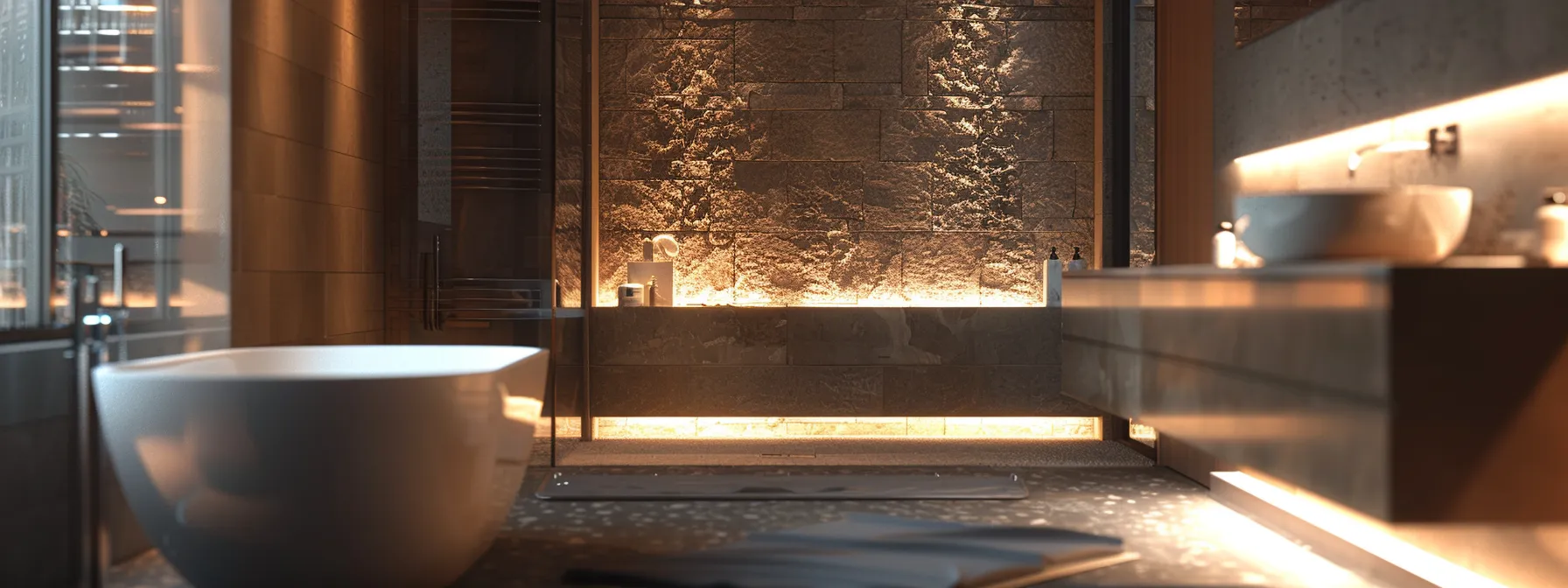
Selecting the right resurfacing materials for your bathroom requires careful consideration of both aesthetics and functionality. Start by matching materials to your bathroom’s unique style, ensuring they contribute to a cohesive look. The role of color and texture cannot be underestimated, as these elements serve to enhance the overall atmosphere of the space, striking a balance between visual appeal and practicality. Staying informed about current trends in bathroom resurfacing materials is also essential; for example, poly materials are increasingly popular due to their durability and resistance to mildew, making them ideal for moisture-prone areas like showers. An informed approach will help you avoid issues such as water damage while ensuring your bathroom remains stylish and inviting.
Matching Materials to Your Bathroom’s Style
As you embark on your remodel, consider how ceramic and porcelain materials can elevate your bathroom‘s style while providing essential safety features. These materials are not only visually appealing but also offer slip-resistant options that enhance safety, especially in wet areas. By harmonizing these elements, you create a cohesive and stylish environment that reflects your personal taste.
The Role of Color and Texture in Material Selection
In your bathroom renovation, selecting materials with the right color and texture significantly influences both the aesthetics and the overall atmosphere of the space. Consider how hues can affect your mood and mental health; soothing tones may foster relaxation, while vibrant shades can energize the environment. Additionally, opt for materials that emit low levels of volatile organic compounds (VOCs), ensuring your space remains safe and pleasant, especially if paint strippers or iron finishes are involved in your design process.
Trends in Bathroom Resurfacing Materials
Current trends in bathroom resurfacing materials focus on combining functionality with style, making accessibility a priority for all homeowners. Fiberglass has emerged as a popular choice due to its lightweight nature and ability to resist stains, offering a practical solution that minimizes potential headaches during installation. Materials that can be easily modified, like those that can be cut with a chisel, facilitate custom adaptations around fixtures such as sinks, ensuring a perfect fit for your unique space.
As you explore the striking beauty of materials, it’s time to weigh their value in your renovation journey. Let’s dive into the costs associated with various resurfacing options, helping you make an informed decision that balances aesthetics and budget.
Comparing Costs of Different Bathroom Resurfacing Options
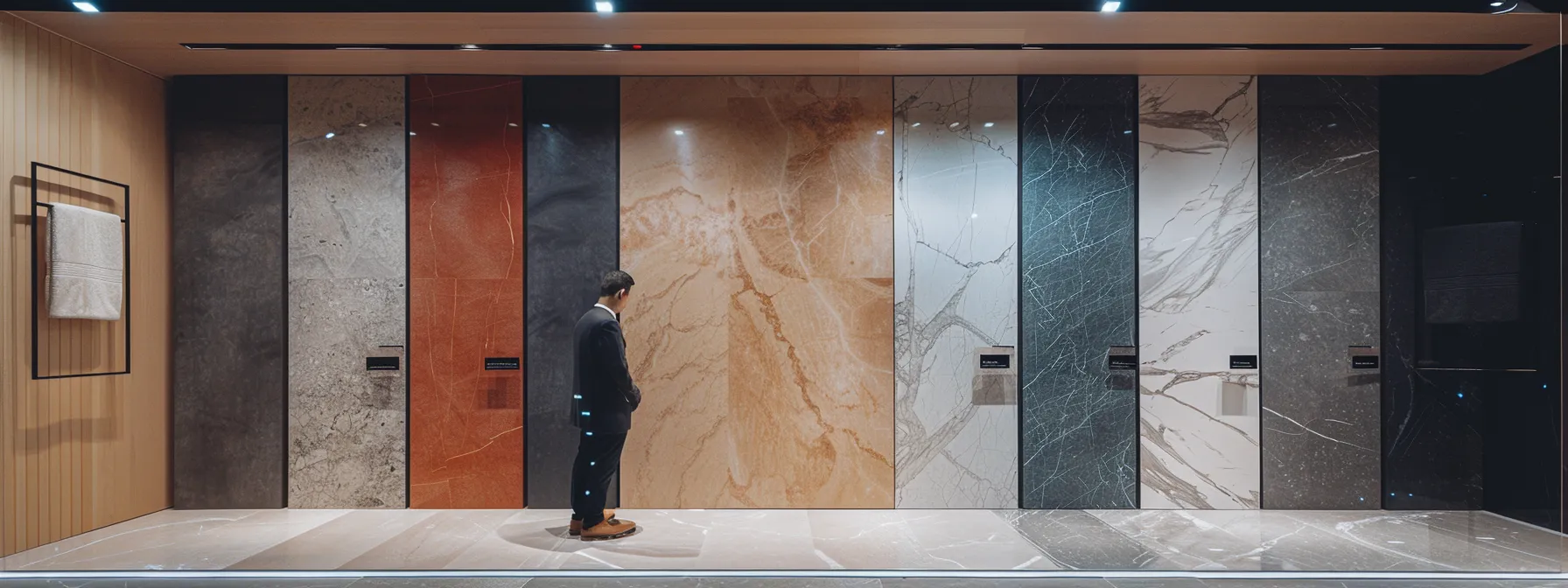
When selecting the right resurfacing materials for your bathroom, understanding costs is vital. Begin by breaking down upfront material costs, comparing options like epoxy and polyurethane, each boasting distinct benefits in both price and durability. As you assess your choices, factor in long-term value, including maintenance and potential replacement costs, ensuring you make an informed decision that balances beauty and practicality. As you set a budget for your bathroom renovation project, consider the brand reputation and associated warranties to safeguard your investment. Making educated choices now leads to a stunning and lasting space that meets your needs for years to come.
Breakdown of Upfront Material Costs
As you explore your options for bathroom resurfacing, getting a clear picture of upfront material costs will help you avoid any financial pitfalls. When considering projects like tile refinishing or bathtub refinishing, it’s essential to weigh both the price and quality of materials to ensure your choices align with your desired outcomes. Be mindful of the risk associated with cheaper alternatives, as lower quality can lead to more long-term expenses, ultimately impacting the entire room‘s aesthetic.
Long-Term Value: Maintenance and Replacement Costs
When you embark on bathroom resurfacing, keep an eye on long-term value to ensure your investment pays off over time. The cost of maintenance and potential replacement gives important insights into the overall performance of materials like resin and traditional options. For instance, regular upkeep of fixtures may be necessary with bathtub reglazing, influencing both your budget and home improvement plans in the long run:
Budgeting for Your Bathroom Renovation Project
Creating a budget for your bathroom remodel is essential to ensure your project remains on track financially. Take the time to evaluate all expenses, including resurfacing materials, adhesive, fixtures, and any unforeseen costs. As you work through your plan, keep a record of your expenditures and don’t hesitate to reach out with any faq regarding your choices or consult someone at your email address for guidance.
- Assess your overall budget for the project.
- List all potential materials and their costs, including adhesives.
- Include installation costs and any additional services.
- Factor in maintenance expenses for the long term.
Cost isn’t the only factor to consider when resurfacing your bathroom. The materials you choose can significantly affect both your home’s look and the environment, making this an important next step in your renovation journey.
The Environmental Impact of Your Choice in Materials
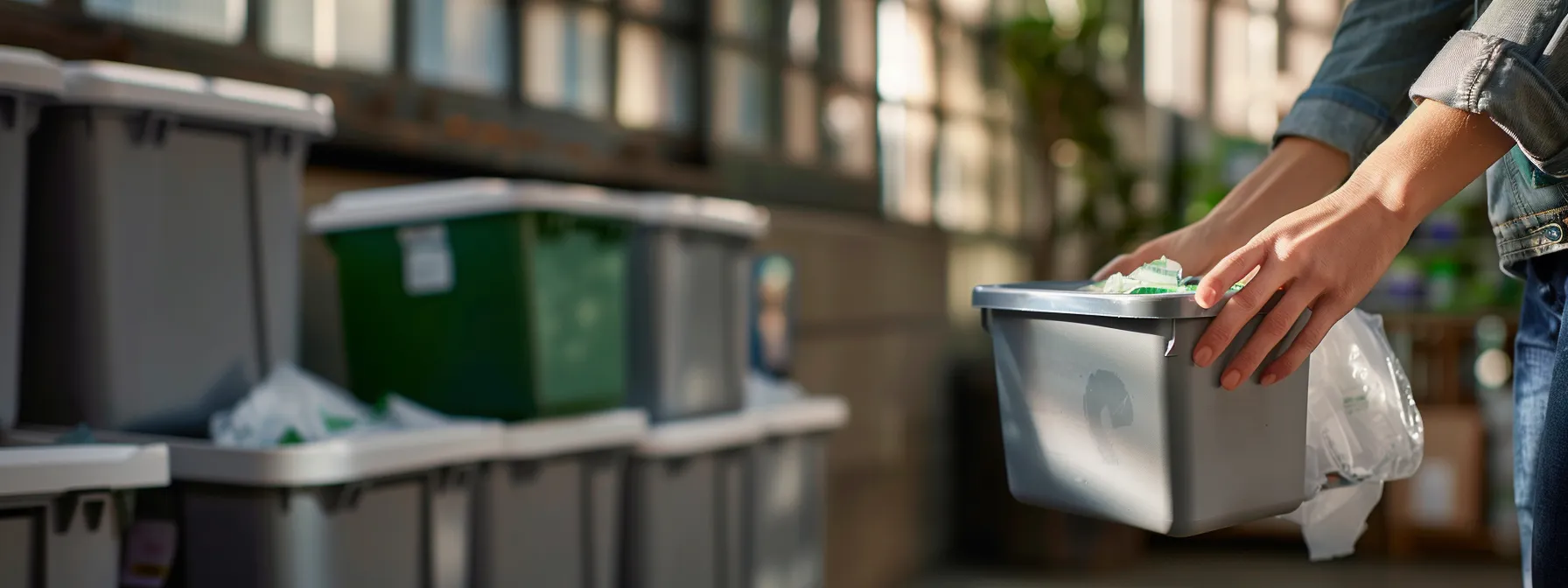
Understanding the environmental impact of your choice in bathroom resurfacing materials is increasingly important as you make selections for your renovation project. Explore eco-friendly material options that not only meet your design needs but also contribute positively to the environment. Additionally, consider recycling and sustainability practices involved in material production, enabling you to support methods that minimize waste and optimize natural resources. Finally, assess the environmental footprint of synthetic materials, as their production and disposal can significantly affect your overall environmental impact. By prioritizing these aspects, you can create a beautiful space that aligns with your values and promotes sustainability.
Eco-Friendly Material Options for Bathroom Resurfacing
When embarking on your bathroom resurfacing project, consider environmentally friendly materials that provide durability without harming the planet. Options like recycled glass tiles and bamboo flooring not only contribute to a stylish appearance but also reduce waste and promote sustainability. By selecting these eco-friendly materials, you can enhance your bathroom’s aesthetic while aligning your renovation with your environmental values.
Recycling and Sustainability Practices in Material Production
As you consider resurfacing materials, it’s beneficial to focus on the recycling and sustainability practices associated with their production. Seek out manufacturers that utilize reclaimed or recycled materials, as this not only reduces the demand for new resources but also minimizes waste. Furthermore, by supporting brands committed to eco-friendly practices, you can help cultivate a more sustainable industry while enhancing the environmental integrity of your bathroom renovation.
Assessing the Environmental Footprint of Synthetic Materials
Synthetic materials can carry a substantial environmental footprint, impacting your renovation choices. Their production processes often involve the consumption of non-renewable resources and the release of harmful emissions, contributing to air and water pollution. By carefully considering the source and lifecycle of these materials, you can make informed decisions that will benefit both your bathroom’s design and the environment.
When evaluating synthetic materials, keep the following factors in mind:
- Production methods and energy consumption
- Use of natural versus synthetic resources
- Potential for recycling and disposal practices
- Durability and lifespan, impacting waste generation
Understanding the materials you select plays a crucial role in minimizing your environmental footprint. Once you’ve made informed choices, it’s time to consider the installation process and how it impacts your timeline.
Installation Process and Time Considerations
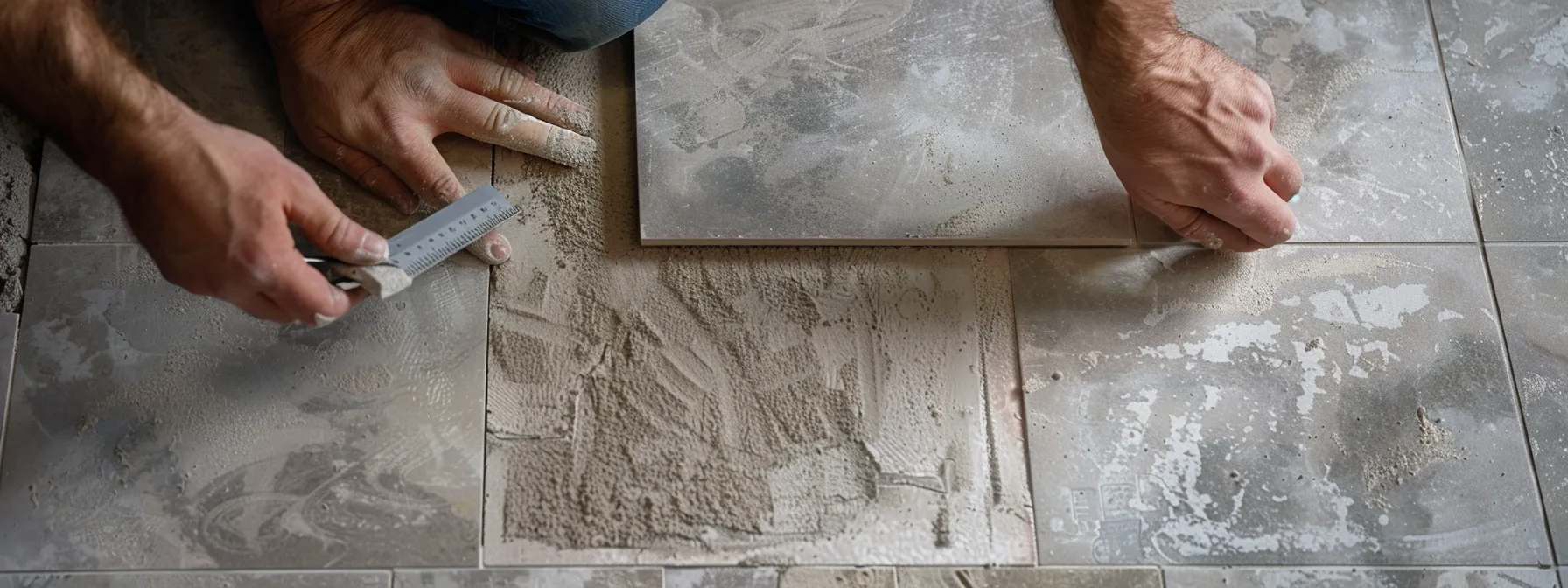
Understanding the installation process and the time required for various resurfacing materials is essential for planning your bathroom renovation. Each material comes with specific preparation work that can affect installation, so you’ll want to familiarize yourself with the steps involved. Additionally, consider the estimated time frames for installation, as this can vary widely depending on the complexity of the project and the materials chosen. Weigh your options between DIY installation and hiring a professional; carefully evaluating your skill level and the project’s demands will help ensure a successful outcome that aligns with your goals.
Preparation Work Required for Different Materials
The preparation work needed for various resurfacing materials can greatly influence the overall efficiency of your renovation project. For instance, some materials like tile may require extensive cleaning and the removal of old adhesives, while others, such as acrylic, often necessitate a simpler surface preparation. Understanding these requirements ahead of time will allow you to plan more effectively and reduce unexpected delays.
- Identify the resurfacing material you wish to use.
- Assess the current condition of your surfaces.
- Gather the necessary tools and cleaning supplies.
- Remove any existing finishes that could impede adhesion.
- Prepare the space to ensure a clean and efficient work environment.
Estimated Time Frames for Material Installation
Estimating the time required for installing resurfacing materials is essential to set realistic expectations for your renovation. Each material presents its own unique installation challenges and timeframes, ranging from a couple of hours for simpler options like vinyl to several days for more complex installations such as tile or natural stone. It’s wise to plan for extra time, particularly if you are tackling the project as a DIY endeavor.
Considering the various factors at play can help you achieve a smoother installation process:
DIY Versus Professional Installation Options
When considering the installation of resurfacing materials for your bathroom, you have the option to tackle the project yourself or hire a professional. Weighing the advantages of each approach will help you determine the best fit for your situation. If you’re handy and enjoy DIY projects, you might find satisfaction in handling the installation personally; however, if you prefer a more seamless experience with guaranteed results, seeking professional help could save time and stress.
- Evaluate your skill level and experience with home renovation.
- Consider the complexity of the installation process for your chosen materials.
- Research local professionals and their customer reviews to ensure quality service.
- Compare the costs of DIY materials with professional installation rates.
As you prepare for your renovation, diving into the materials sets the stage for a successful transformation. Prioritizing safety and health ensures that your beautiful new space is both stylish and secure for everyday use.
Material Safety and Health Considerations
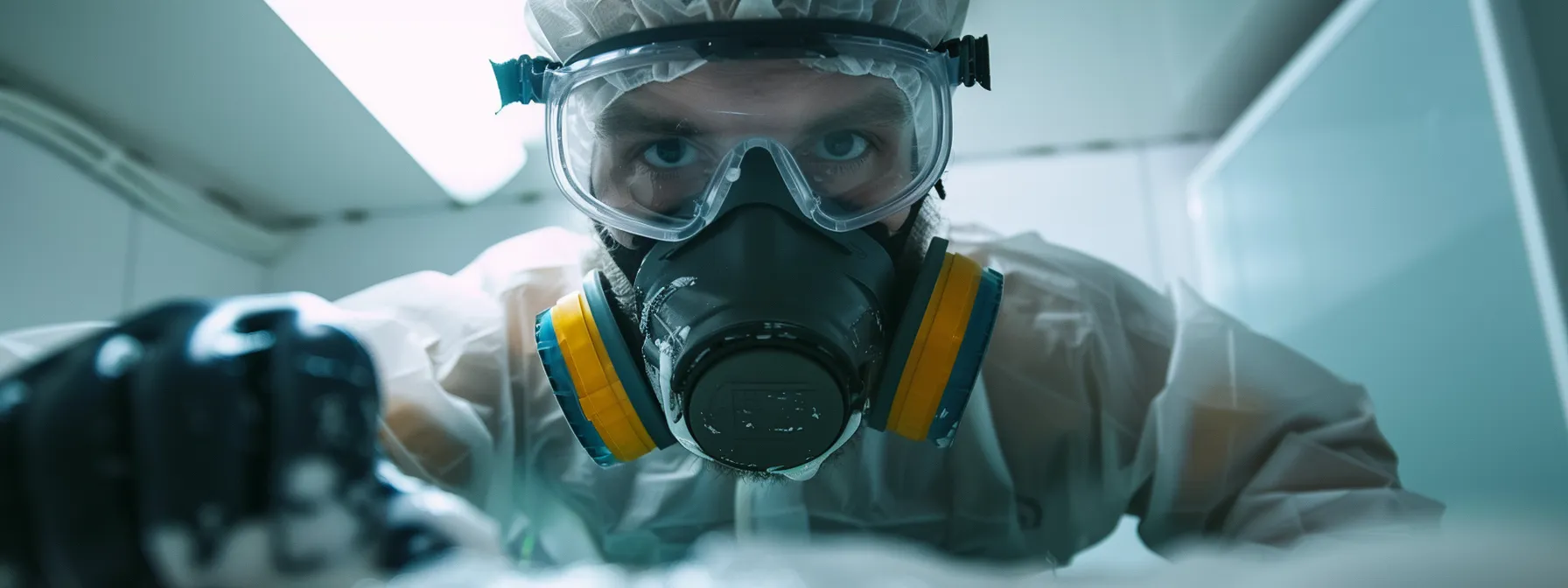
As you make decisions regarding your bathroom resurfacing project, prioritizing safety and health is essential. Look for non-toxic material options that minimize harmful chemical exposure, creating a healthier environment for you and your family. Additionally, consider the ventilation requirements during and after installation; proper airflow is key to reducing moisture accumulation and improving indoor air quality. Finally, focus on materials that resist mold and mildew growth, ensuring your newly resurfaced bathroom remains clean and inviting. By addressing these factors, you contribute to a safer and more enjoyable space while enhancing the longevity of your renovation.
Non-Toxic Material Options for Safer Resurfacing
When selecting resurfacing materials for your bathroom, opt for non-toxic options that enhance safety and comfort. Materials such as low-VOC paints and eco-friendly adhesives significantly reduce harmful chemical exposure, promoting a healthier indoor environment. By prioritizing these substances, you create a space that not only looks good but also supports the well-being of you and your family.
Ventilation Needs During and After Installation
Ensuring proper ventilation during and after the installation of resurfacing materials is vital for maintaining a healthy indoor environment. As you work on your bathroom, open windows and use fans to facilitate airflow, which helps dissipate any fumes from adhesives or finishes. Once the installation is complete, continue using ventilation methods for at least a few days to aid in drying and minimize moisture, ultimately contributing to a safer and more pleasant space.
Material Resistance to Mold and Mildew Growth
When selecting resurfacing materials for your bathroom, prioritize options that are designed to resist mold and mildew growth. Materials treated with antimicrobial properties provide an extra layer of protection, ensuring surfaces remain clean and hygienic even in damp conditions. By choosing these resistant materials, you create a welcoming and safe environment that enhances both the functionality and longevity of your renovated space.
